Space isn’t just about square footage — it’s about freedom.
Whether you’re moving, renovating, or just drowning in stuff, finding the right storage unit can make life a whole lot easier. But when you're dealing with larger spaces, the decision can feel overwhelming.
If you’re stuck choosing between 10x20 vs 10x25 vs 10x30 storage units, you’re not alone. Storage needs in the U.S. have grown massively. In fact, the self-storage industry now has over 1.7 billion square feet of rentable space, and the average household stores enough to fill a one-car garage. That’s why understanding storage unit capacity and layout has never been more important.
A 10x20, 10x25, and 10x30 might sound like minor jumps, but in the world of storage, those extra feet can make a huge difference. This isn’t just a storage unit size comparison; it’s about making sure you’re not overpaying for space you won’t use or cramming everything into a unit that’s just too tight.
Let’s compare storage unit sizes clearly, break down what fits in each unit, and make the smartest choice based on your situation.
Quick Size Comparison Table
If you’re in a hurry or just want the big picture before getting into the details, here’s a quick side-by-side storage unit size comparison.
| Unit Size | Dimensions (L × W) | What Fits | Typical Use Cases |
|---|---|---|---|
| 10×20 | 10 ft × 20 ft (200 sq. ft.) | Contents of a 2–3 bedroom home, standard vehicle, large appliances, 30–40 boxes | Full household storage, vehicle storage, moving or renovating |
| 10×25 | 10 ft × 25 ft (250 sq. ft.) | Contents of a 3–4 bedroom home, multiple large items, recreational equipment, 50+ boxes | Larger home moves, small business inventory, vehicle + furniture combo |
| 10×30 | 10 ft × 30 ft (300 sq. ft.) | Full contents of a 4–5 bedroom home, vehicle + furniture, oversized equipment, 60+ boxes | Whole-house moves, multi-family storage, contractor equipment, long-term use |
Unit Size Breakdown
Let’s break down the 10x20, 10x25, and 10x30 storage units one by one.
Dimensions
- 10 feet wide x 20 feet long = 200 sq. ft.
- Similar in size to a one-car garage
- Ceiling height is typically around 8 feet (varies by facility)
What Fits
A 10x20 unit can typically hold the full contents of a 2- to 3-bedroom home, including:
- Queen or king-size beds + mattress sets
- Dressers, nightstands, and wardrobes
- Couches, recliners, and dining sets
- Large appliances (washer, dryer, fridge)
- Lawn equipment or tools
- One full-size vehicle
- Around 30–40 medium to large boxes
Common Use Cases
- Moving out of a mid-size home
- Short or long-term vehicle storage
- Temporary storage during renovations
- Holding large furniture sets or business inventory
Ideal For
- Homeowners moving or remodeling
- Car owners needing indoor storage
- Small businesses with limited stock or equipment
- Anyone who needs more space than a small storage unit, but doesn't want to overdo it.
Dimensions
- 10 feet wide x 25 feet long = 250 sq. ft.
- Slightly longer than a standard one-car garage
- Often includes extra depth that gives you better flexibility
What Fits
This unit easily stores a 3–4 bedroom home, and gives you more room to organize:
- Multiple bedroom sets
- Oversized furniture like sectionals or large dining tablesne vehicle + boxes and gear
- Up to 50–60 medium boxes
- Business shelving, supplies, or inventory
- Sports equipment, bikes, and tools
Common Use Cases
- Large home moves with multiple people or families
- Dual-purpose storage: vehicle + furniture
- Small businesses storing bulk inventory or seasonal items
- Renovation projects spanning multiple rooms
Ideal For
- Families moving from larger homes
- Businesses needing more storage unit capacity than a 10x20 unit allows
- People who want more room to walk, organize, and access items easily
- Those trying to compare storage unit sizes and want the best mix of space and flexibility
Dimensions
- 10 feet wide x 30 feet long = 300 sq. ft.
- About the size of a standard two-car garage
- One of the largest commonly available unit sizes
What Fits
This unit holds the entire contents of a 4–5 bedroom home or a combination of large household and business items:
- Multiple bedroom sets, large sofas, and appliances
- Garage or attic contents
- Business inventory + equipment
- A vehicle + full household goods
- Over 60+ boxes, filing cabinets, or shelving units
- Construction tools, contractor equipment, or large work materials
Common Use Cases
- Whole-home storage for large families
- Long-term business or commercial storage
- Multi-room renovation storage
- Downsizing from a large house to a smaller space
Ideal For
- People are storing everything from a large house
- Contractors or real estate staging companies
- Businesses storing tools, office furniture, or archives
- Anyone who needs maximum storage unit dimensions and easy access

Still unsure which size fits your stuff best? Check out our complete guide to choosing the right storage unit. We break it all down so you don't have to guess.
Size Differences: How Much More Space Are You Really Getting?
When comparing 10x20, 10x25, and 10x30 storage units, the numbers might seem like a gradual increase. But in reality, each upgrade gives you a significant boost in storage unit capacity.
Straight Numbers Comparison
| Unit Size | Square Footage | Extra Space Compared to the Previous Size |
|---|---|---|
| 10x20 | 200 sq. ft. | – |
| 10x25 | 250 sq. ft. | +50 sq. ft. (25% more) |
| 10x30 | 300 sq. ft. | +50 sq. ft. (another 20% more) |
How to Visualize the Difference
- 10x20: Think of this as a standard one-car garage. You can fit the contents of a medium-sized home or park a car with some boxes and furniture around it.
- 10x25: Now imagine that garage, but with an entire extra closet or hallway’s worth of space. You’ll have more room to move around, store more boxes, or add shelving for vertical organization.
- 10x30: This is more like a two-car garage— it’s huge. You can store a full household, a vehicle, and still walk around comfortably. It's ideal for people who want to store without stacking everything to the ceiling.
What the Extra Space Gets You
Here’s what that extra 50 square feet gives you:
From 10x20 → 10x25:
- Add another room’s worth of furniture (e.g., guest bedroom or office)
- Store 15–20 more boxes
- Make space for larger items like gym equipment, bikes, or shelving.
From 10x25 → 10x30:
- Add an entire vehicle or trailer
- Store large commercial equipment or construction tools
- Make space to walk in, organize, and access items regularly without shifting things around
Why It Matters
The more space you have, the less you’ll need to stack or cram. That means:
- Less chance of items getting damaged
- Easier access if you're storing long-term
- More flexibility if your needs grow over time
Which One Offers the Best Value?
Based on current averages from reliable storage providers in the U.S. :
10×20 storage unit:
- Standard units typically range from $135 to $180 per month
- Climate-controlled versions may cost $165 to $220 per month, depending on the region
10×25 storage unit:
- Average pricing falls between $160 and $210 per month
- Climate-controlled units usually range from $190 to $250+, especially in urban areas
10×30 storage unit:
- Prices typically range from $185 to $250 per month
- Climate-controlled units can go up to $275–$325/month, depending on facility and demand
| Unit Size | Avg. Monthly Cost | Square Footage | Cost per Sq. Ft²* |
|---|---|---|---|
| 10x20 | $135–180 | 200 sq. ft | ~$0.68–$0.90 |
| 10x25 | $160–210 | 250 sq. ft | ~$0.64–$0.84 |
| 10x30 | $185–250 | 300 sq. ft | ~$0.62–$0.83 |
When Is It Worth Upgrading?
From 10×20 to 10×25
If you’re running out of room in a 10×20 or need to store more than just basic household items, moving up to a 10×25 adds 25% more space for just $25–$35 more per month. It’s ideal when:
- You’re storing furniture from a 3- to 4-bedroom home
- You need better organization or frequent access
- You want room to grow (seasonal items, inventory, etc.)
From 10×25 to 10×30
Need maximum space? A 10×30 gives you 50 extra square feet, enough to store an additional room, a vehicle, or contractor equipment. The upgrade adds roughly $25–$40/month, but:
- You get a more flexible layout
- There’s space to move inside, walk, and reorganize
-
It's perfect for long-term storage, business use, or combining vehicle + household storage

Wondering what a storage unit will actually cost you? Check out our complete breakdown of self-storage prices so you can budget smart and avoid surprise fees.
How to Choose the Right Size for You
When it comes to choosing the right storage unit size, it’s not just about the dimensions; it’s about your lifestyle, your items, and how you plan to use the space. Here are some scenarios to help you figure out which size is the best fit.
Scenario: Moving from a 2–3 Bedroom Home
Choose a 10x20 if:
- You’re packing up a small-to-medium home or apartment
- You don’t need to access items frequently
- You’re okay with stacking boxes and furniture tightly
Choose a 10x25 if:
- You have a bit more furniture or fragile items
- You want more walking space or easier access
- You’re moving and storing at the same time (and need flexibility)
Choose a 10x30 if:
- You're combining households
- You’re moving out of a larger home
- You want to avoid tight packing, or need space for vehicles, too
Scenario: Storing Business Supplies or Equipment
Choose a 10x20 if:
- You’re storing boxed inventory, small tools, or office equipment
- You don’t need frequent in-and-out access
Choose a 10x25 if:
- You have large shelving units, bulky stock, or event setups
- You want to walk in and organize things more efficiently
Choose a 10x30 if:
- You’re storing equipment, displays, or construction tools
- You need extra space to add more items throughout the year
- You plan to use the unit as a semi-permanent business storage solution
Scenario: Long-Term Storage for Life Transitions
Choose a 10x20 for:
- Downsizing temporarily
- Storing items from 1–2 rooms
- Keeping large items like a couch, fridge, or washer/dryer
Choose a 10x25 for:
- Moving out of a larger home but keeping most furniture
- Dividing storage between rooms and seasonal items
- Combining household items with business storage
Choose a 10x30 for:
- Full-house storage (4–5 bedrooms)
- Renovations across multiple rooms
- Vehicle + household item storage combined
Who Should Choose Which Unit?
| Choose 10x20 if you... | Choose 10x25 if you... | Choose 10x30 if you... |
|---|---|---|
| Are you storing a 2–3 bedroom home | Are moving from a 3–4 bedroom home | Are storing a 4–5 bedroom home or full household |
| Want to store a vehicle or basic inventory | Need space for bulkier items, business shelving, or extra boxes | Need vehicle + household storage, or long-term contractor/business space |
| Don’t need regular access | Want to organize and walk inside easily | Want maximum space and long-term flexibility |

For a trusted, expert breakdown of standard storage unit sizes ranging from 5×5 up to 10×30 (and beyond), including practical guidelines like “a three‑bedroom house needs a 10×25 unit” and “10×30 fits a four‑bedroom home,” refer to Forbes Home’s “Your Ultimate Storage Unit Size Guide.” This source reinforces the size recommendations provided here with widely accepted industry insights.















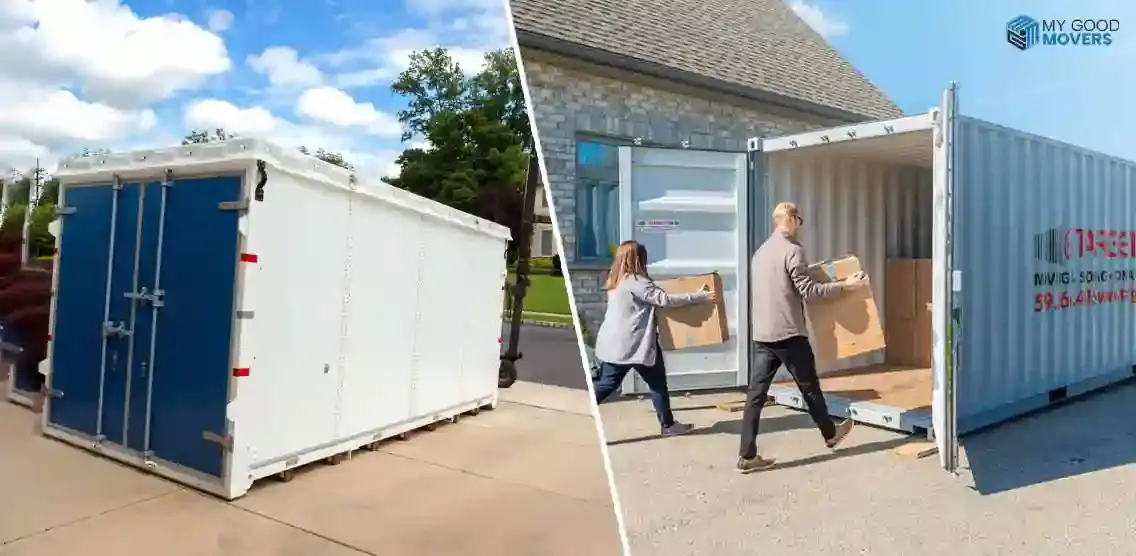



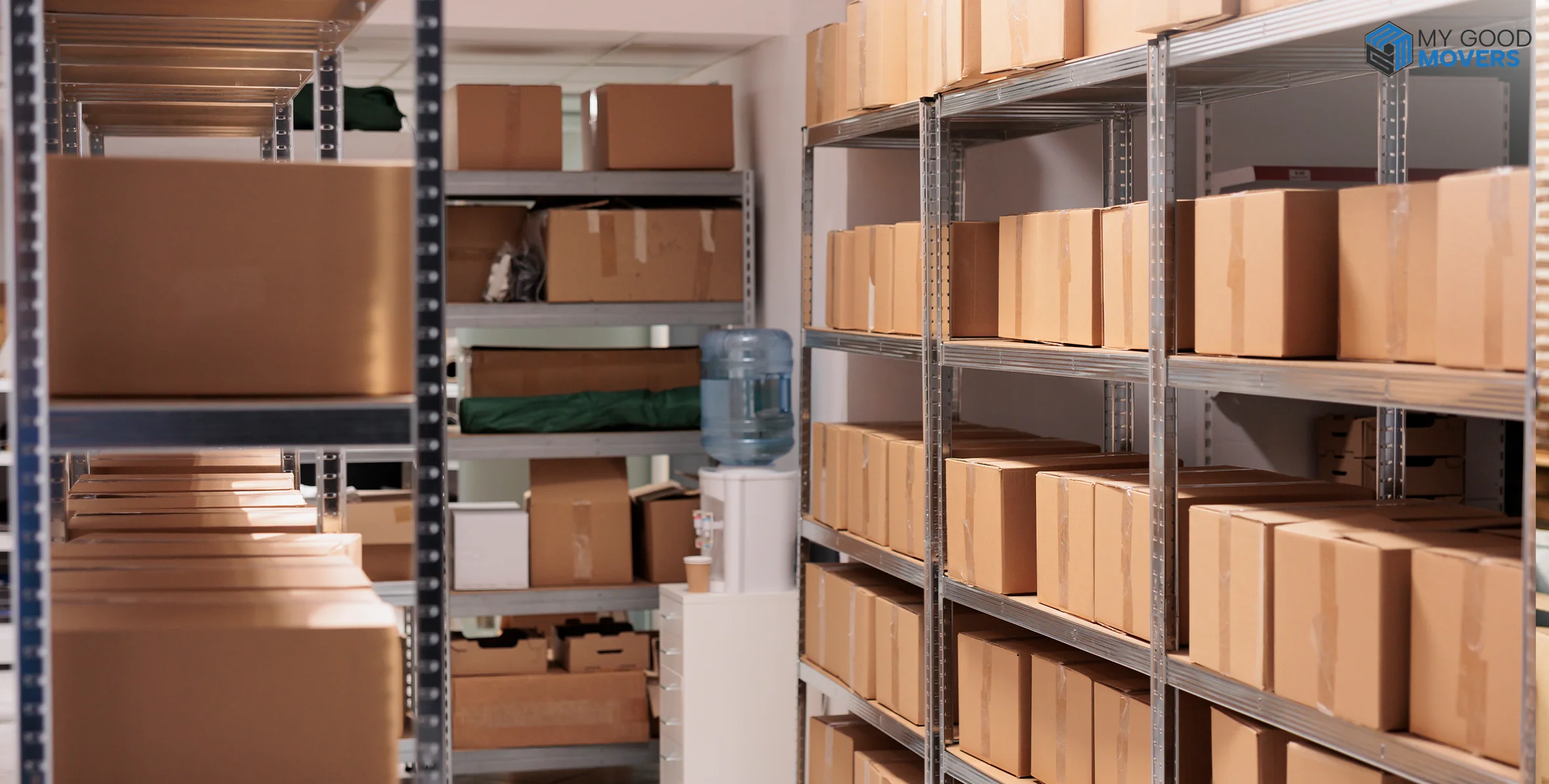





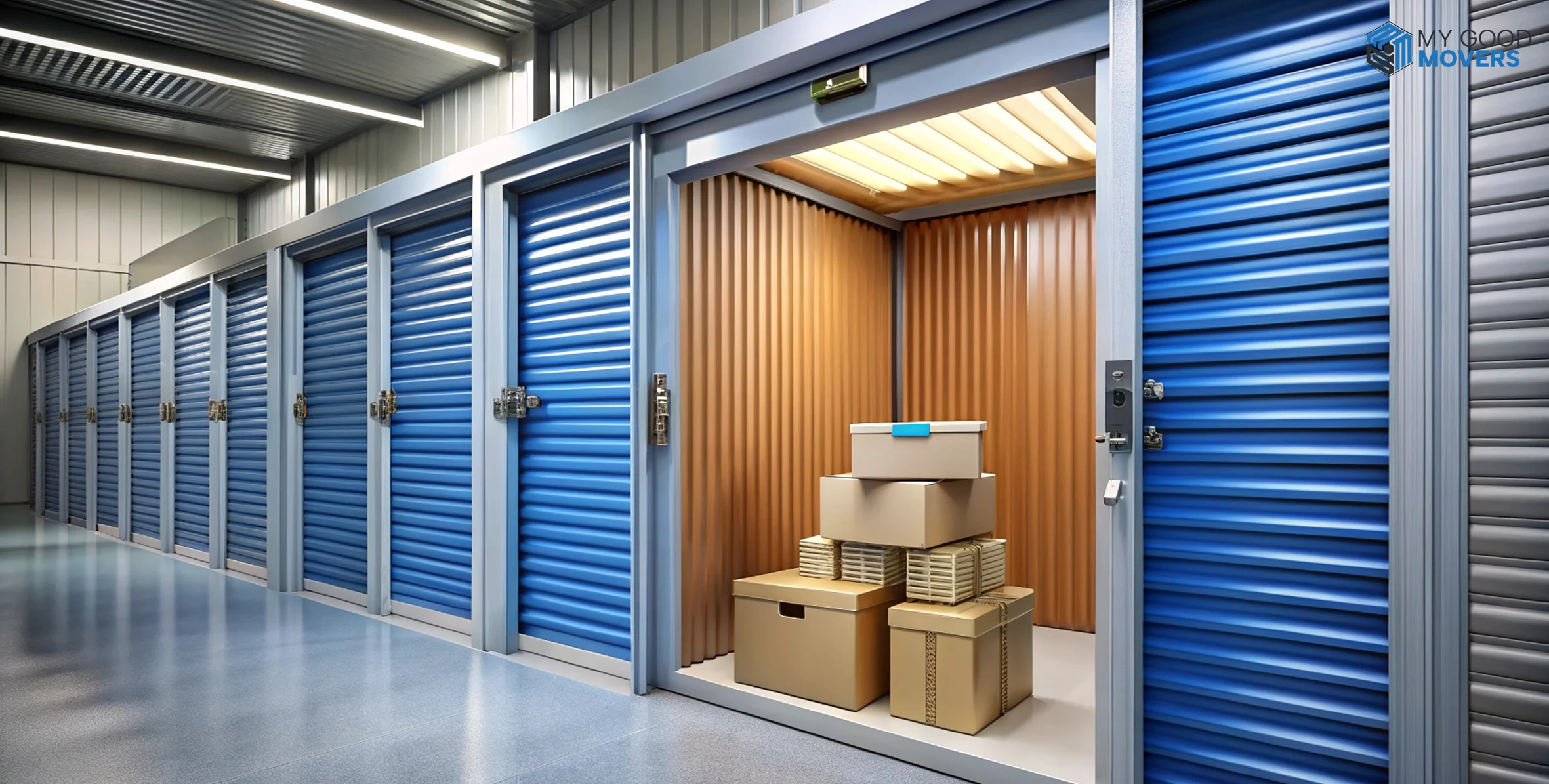
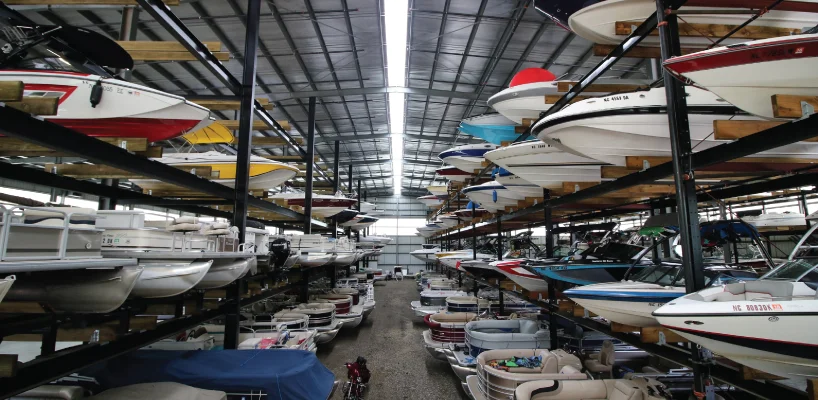


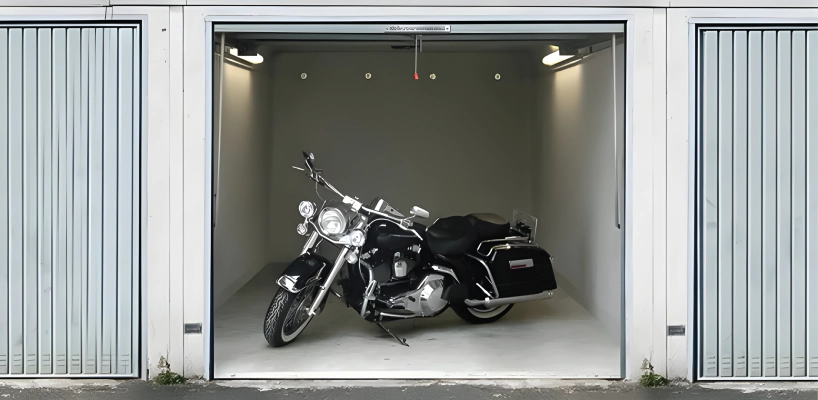

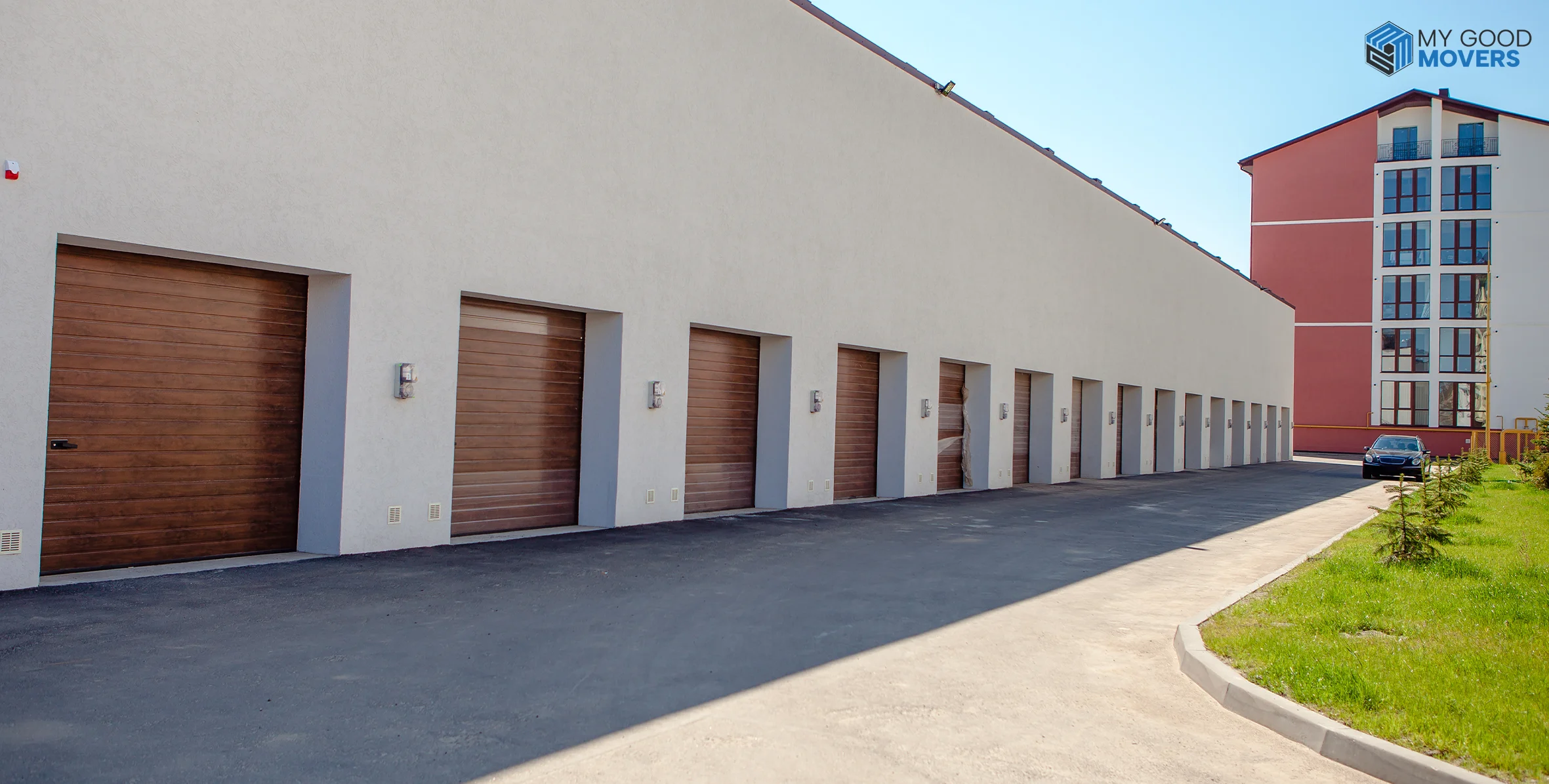



 (239) 799–6077
(239) 799–6077